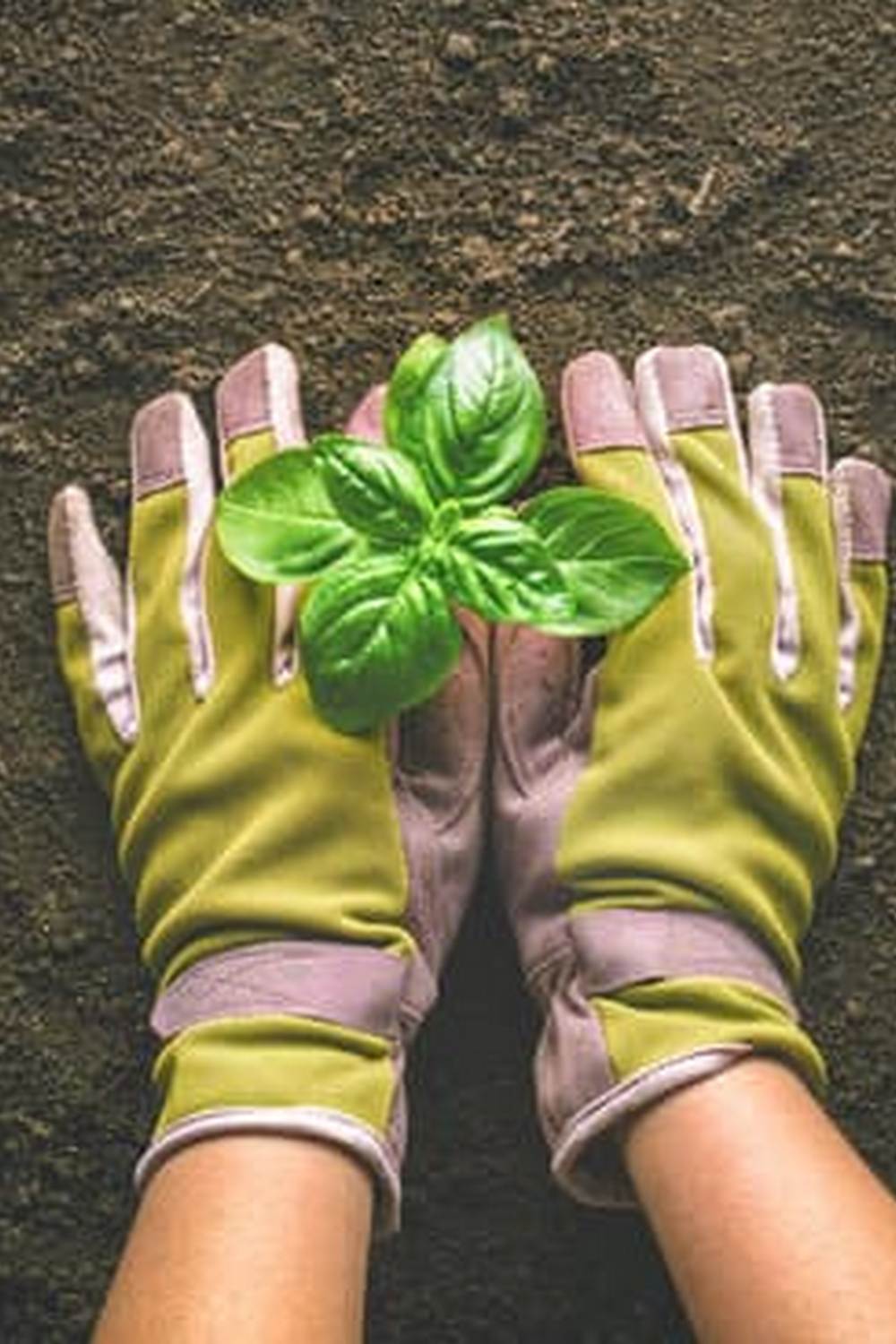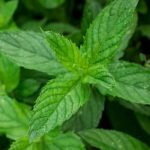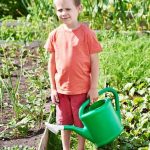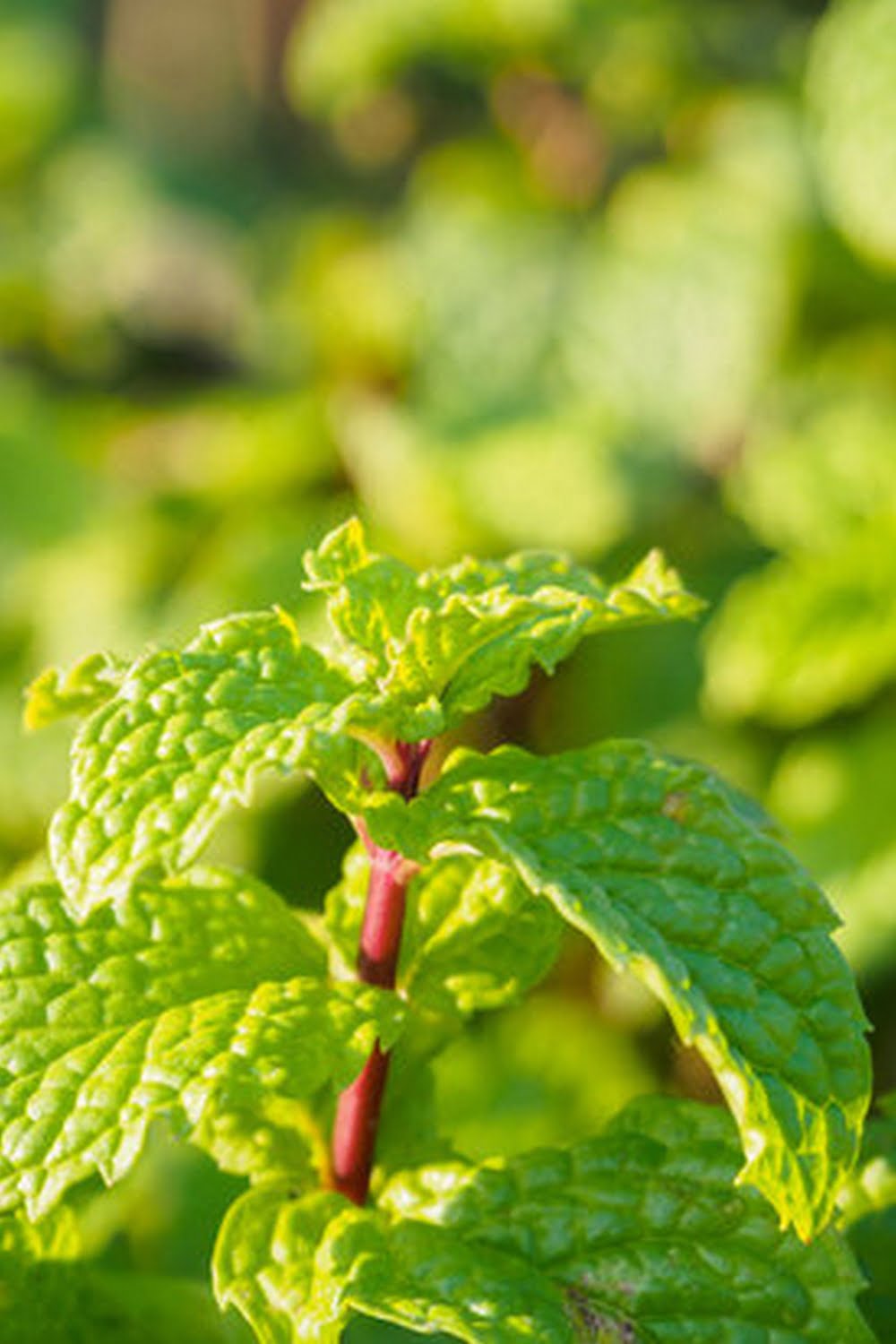Are you interested in growing your own herbs and vegetables, but don’t have a lot of outdoor space? Container gardening herbs and vegetables may be the perfect solution for you. With the right containers, soil, and care, you can grow a variety of fresh produce right on your patio or balcony. In this article, we will explore the benefits and possibilities of container gardening for herbs and vegetables.
Container gardening offers numerous benefits for those with limited outdoor space. Whether you live in an apartment or simply have a small yard, containers allow you to grow a bountiful garden without the need for a large plot of land. Additionally, container gardening can be more accessible for those with physical limitations or mobility issues. The possibilities are endless when it comes to what you can grow in containers, from fragrant herbs to flavorful vegetables.
In the following sections, we will discuss everything you need to know to get started with container gardening for herbs and vegetables. From choosing the right containers and selecting the ideal plants to caring for your garden and enjoying the fruits of your labor, this article will provide all the information you need to create a thriving edible garden in containers.
Choosing the Right Containers for Herbs and Vegetables
When it comes to container gardening herbs and vegetables, choosing the right containers is essential for the success of your plants. The size, material, and drainage of your containers can greatly impact the growth and health of your herbs and vegetables. Here are some tips to consider when selecting containers for your edible garden:
1. Size: The size of your container will depend on the specific herbs and vegetables you plan to grow. Some plants require more space for their roots to spread, while others can thrive in smaller pots. Consider the mature size of each plant and choose a container that will accommodate its needs.
2. Material: Containers come in a variety of materials, including plastic, terracotta, wood, and metal. Each material has its own advantages and drawbacks. For example, terracotta pots are classic and provide good insulation for plant roots, but they can also dry out quickly. Plastic containers are lightweight and retain moisture well, but they may not be as aesthetically pleasing as other options.
3. Drainage: Proper drainage is essential for container gardening success. Without adequate drainage, water can pool at the bottom of the container and lead to root rot or other issues. Look for containers with drainage holes in the bottom, or be prepared to drill your own if necessary.
By carefully considering the size, material, and drainage of your containers for growing herbs and vegetables, you can set yourself up for a successful harvest of fresh produce right at home. With the right containers in place, your edible garden will thrive and provide an abundance of flavorful ingredients for your culinary creations.
Selecting the Ideal Herbs and Vegetables for Container Gardening
When it comes to container gardening herbs and vegetables, choosing the right plants is essential for a successful and bountiful harvest. Limited space calls for careful selection of herbs and vegetables that will thrive in containers, providing you with fresh produce right at your fingertips. Here are some of the best options for limited space container gardening:
Herbs
When it comes to herbs, there are plenty of options that are well-suited for container gardening. Herbs like basil, cilantro, mint, parsley, and chives are perfect for growing in pots or other types of containers. These herbs not only add flavor to your dishes but also provide beautiful greenery to your garden space.
Vegetables
For those looking to grow vegetables in containers, there are also several great options available. Tomatoes, peppers, lettuce, spinach, and radishes can all be successfully grown in containers. These vegetables not only thrive in confined spaces but also provide a delicious and healthy addition to your meals.
Compact Varieties
When selecting herbs and vegetables for container gardening, consider choosing compact or dwarf varieties whenever possible. These varieties have been specifically bred to thrive in smaller spaces, making them ideal for growing in pots or other containers. Look for “patio” or “bush” varieties of your favorite herbs and vegetables to maximize your limited garden space.
By selecting the ideal herbs and vegetables for container gardening, you can create a thriving edible garden no matter how much space you have available. With the right plants chosen specifically for containers, you can enjoy fresh herbs and veggies right outside your door.
Preparing the Soil and Planting
When it comes to container gardening herbs and vegetables, preparing the soil and planting are essential steps for ensuring successful growth and a bountiful harvest. The key to thriving herbs and veggies in containers is providing them with nutrient-rich soil that allows for proper drainage. Start by selecting a high-quality potting mix specifically formulated for container gardening, as regular garden soil can become compacted and hinder root growth in containers.
Before planting your herbs and vegetables, make sure the containers have adequate drainage holes to prevent waterlogged soil, which can lead to root rot. It’s also important to choose the right size of containers based on the eventual size of the plants you’re growing. For example, larger vegetables like tomatoes or peppers will need more space for their roots to spread out compared to smaller herbs like basil or cilantro.
Once you’ve selected the containers and prepared the soil, it’s time to start planting your chosen herbs and vegetables. Consider companion planting, which involves pairing compatible plants together in the same container. This can help deter pests, enhance flavor, and optimize limited space in your container garden. When arranging your plants in the containers, be mindful of their mature sizes and space them accordingly to ensure they have enough room to grow without overcrowding each other.
| Container Size | Ideal Plants |
|---|---|
| Small (8-10 inches) | Basil, Cilantro, Chives |
| Medium (12-14 inches) | Lettuce, Spinach, Green Onions |
| Large (16-20 inches) | Tomatoes, Peppers, Eggplant |
Essential Care and Maintenance
Container gardening herbs and vegetables requires diligent care and maintenance to ensure a bountiful harvest. One of the most important aspects of caring for your container garden is proper watering. Since pots and containers can dry out more quickly than traditional garden beds, it’s essential to check the soil moisture regularly and provide water as needed. Overwatering can be just as detrimental as underwatering, so finding the right balance is crucial for the health of your plants.
In addition to watering, fertilizing your herbs and vegetables is another key component of their care. Due to the limited space in containers, nutrients can become depleted more quickly, so regular fertilization is necessary for healthy growth. There are various types of fertilizers available, including organic options, that can help ensure that your edible plants have access to the nutrients they need.
Finally, pruning is an important part of maintaining a container garden. Regularly trimming back herbs and vegetables not only helps control their size and shape but also encourages new growth. Pruning also helps prevent overcrowding and improves air circulation around the plants, reducing the risk of disease.
These essential care and maintenance tasks may seem daunting at first, but with practice and attention to detail, you’ll soon become adept at keeping your container garden thriving with fresh herbs and veggies all season long.
| Tasks | Importance |
|---|---|
| Watering | Ensures proper hydration for plants in containers |
| Fertilizing | Provides essential nutrients for healthy growth |
| Pruning | Promotes new growth and prevents overcrowding |
Dealing With Pests and Disease
When it comes to container gardening herbs and vegetables, dealing with pests and diseases is an important aspect of maintaining a healthy and thriving garden. In this section, we will discuss some effective ways to prevent and address common issues that may arise when growing herbs and vegetables in containers.
Prevention Measures
One of the best ways to deal with pests and diseases in container gardening is to prevent them from occurring in the first place. This can be done by practicing good hygiene, such as regularly cleaning your containers, using fresh potting soil, and removing any dead or diseased plant material. Additionally, choosing disease-resistant varieties of herbs and vegetables can help minimize the risk of your plants succumbing to diseases.
Natural Remedies
In the event that pests or diseases do make their way into your container garden, there are several natural remedies that can be used to combat these issues. For example, introducing beneficial insects like ladybugs or lacewings can help control harmful pests without the need for chemical pesticides. Neem oil, diatomaceous earth, and insecticidal soap are also effective natural remedies for controlling common garden pests.
Fungal Diseases
Fungal diseases are a common issue when growing herbs and vegetables in containers, especially in humid environments. To prevent fungal diseases, it’s important to ensure proper air circulation around your plants by spacing them appropriately in their containers.
Additionally, avoid overhead watering which can promote the spread of fungal spores. If you do notice signs of fungal disease such as powdery mildew or leaf spot, remove affected plant parts immediately and consider using organic fungicides such as sulfur or copper-based products.
By taking proactive measures to prevent pests and diseases from impacting your container garden and utilizing natural remedies when necessary, you can enjoy a bountiful harvest of fresh herbs and vegetables right at your fingertips.
Harvesting and Enjoying the Fruits of Your Labor
Once you have successfully grown your container gardening herbs and vegetables, it’s time to enjoy the fruits of your labor. Harvesting fresh herbs and veggies from your own garden is not only rewarding, but also ensures that you have access to delicious, organic produce right at your fingertips.
When harvesting herbs such as basil, cilantro, mint, and parsley, it’s best to pick the leaves in the morning when their flavors are most potent. For leafy greens like lettuce and spinach, harvest them when they are young and tender for the best taste and texture. When it comes to vegetables such as tomatoes, peppers, and cucumbers, wait until they are fully ripe before picking them for peak flavor.
To ensure a continuous harvest throughout the growing season, be sure to regularly prune your herbs to encourage new growth. Additionally, harvesting your vegetables regularly will promote further fruit production. And as an added benefit of container gardening, you can easily move your pots closer to your kitchen for easy access when it’s time to gather ingredients for a delicious meal.
Furthermore, by learning how to properly store and preserve your freshly harvested herbs and veggies, you can extend the enjoyment of your container garden well beyond the growing season. Consider drying or freezing excess herbs for use in cooking during the winter months.
Certain vegetables like tomatoes can be turned into sauces or preserved through canning methods for later use. Harvesting and enjoying the fruits of your labor is just one of the many benefits of container gardening herbs and vegetables.
Creative Container Gardening Ideas
In conclusion, container gardening herbs and vegetables can be a rewarding and fulfilling activity for any gardener, whether you have limited outdoor space or simply want to add a touch of greenery to your home. The benefits of growing your own fresh herbs and vegetables in containers are endless, from having easy access to fresh ingredients for cooking to adding beauty and style to your living space.
With the right containers, plant selection, and care techniques, anyone can create a thriving edible garden in even the smallest of spaces.
Choosing the right containers for your herbs and vegetables is crucial to their success. Whether you opt for traditional terracotta pots, modern metal planters, or repurposed items like wooden crates or recycled tin cans, there are numerous creative ways to display and grow your edible garden. The key is to ensure that the containers are the appropriate size for the plants, provide adequate drainage, and are made from materials that will help regulate soil temperature and moisture levels.
As you embark on your container gardening journey, remember that the possibilities are endless when it comes to creating unique and stylish displays for your edible garden. From vertical gardens on walls or fences to hanging baskets and trellises, there are countless ways to showcase your herbs and vegetables in aesthetically pleasing arrangements that also maximize space.
With a little creativity and attention to detail in choosing containers and arranging your plants, you can transform any indoor or outdoor area into a flourishing oasis of fresh flavors and vibrant colors.
Frequently Asked Questions
What Vegetables and Herbs Grow Well Together in Containers?
Vegetables and herbs that grow well together in containers include tomatoes, basil, and parsley. Tomatoes thrive in larger pots with good drainage, while basil and parsley can be grown in smaller pots alongside them.
What Herbs Grow Best in Pots?
Herbs that grow best in pots include mint, rosemary, and thyme. Mint is a vigorous grower that does well in a contained environment, while rosemary and thyme are well-suited for smaller to medium-sized pots.
What Are the Best Vegetables for Container Gardening?
The best vegetables for container gardening are those that don’t require a lot of space to spread out, such as cherry tomatoes, peppers, and lettuce. These vegetables can thrive in containers on patios or balconies, making them perfect for urban or limited-space gardening.

If you’re looking to get into vegetable gardening, or are just looking for some tips on how to make your current garden better, then you’ve come to the right place! My name is Ethel and I have been gardening for years. In this blog, I’m going to share with you some of my best tips on how to create a successful vegetable garden.





